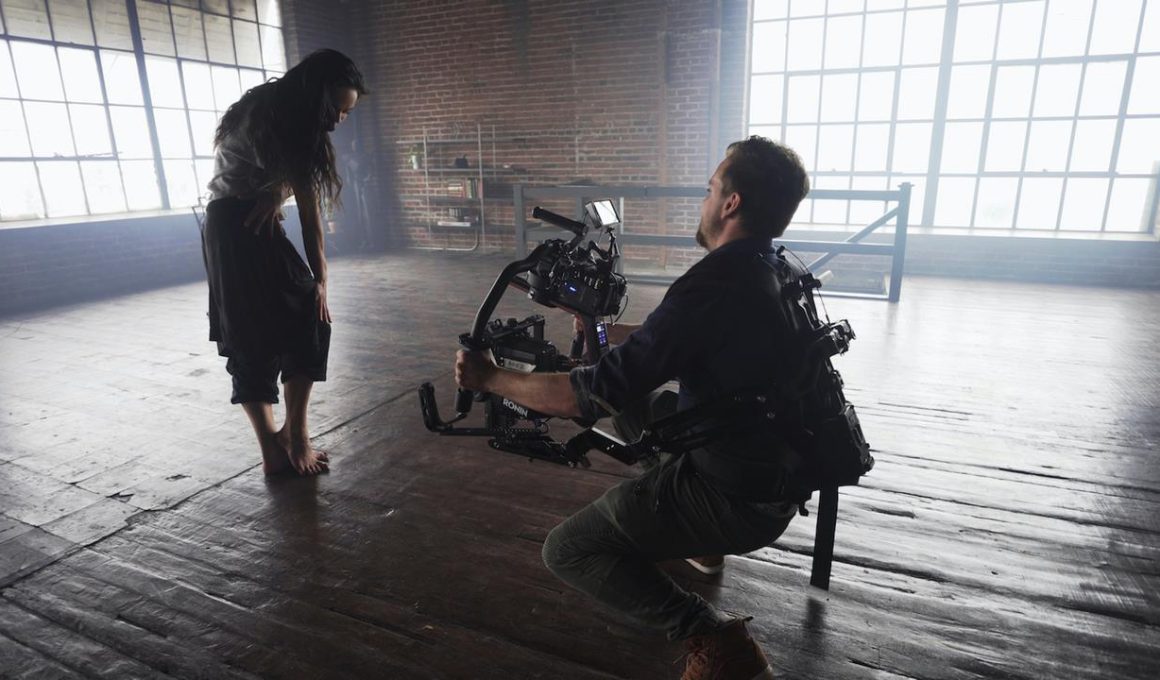If you have ever watched a movie, you have most likely been moved by the locations in Poland. From kafkaesque persecutors to war-torn Warsaw, Poland has been a hotbed of filmmaking for decades. If you’re looking for a different perspective, consider viewing the locations used in Steven Spielberg’s “Out of Reach.”
Warsaw
Various movie locations have been used in Warsaw for filming, including the Jewish Religious Community of 2 Skawinska Street, which was filmed as the Judenrat. The Kazimierz district also provided several movie locations, including a building at 12 Jozefa Street and the intersection of Jakuba and Ciemna streets. The city’s famous Pilsudski bridge was used to film scenes depicting the mass exodus of Jews from Krakow.
In addition to filming in the city, various other locations were used for filming, including the old buildings in the Jewish district. The city is a popular location for foreign and Polish films. In fact, many films have been shot in Warsaw, including the upcoming “Star Wars: The Last Jedi,” which is based on a Polish novel by Harlan Coben. In addition, the Netflix series “Barbarians” is filming in Krakow, and the Dusty Loose thriller “Ein Sommer” filmed for 23 days in the city in late 2019.
For the most open-air scenes, the Praga district was selected. Although over 25 percent of the city’s buildings were destroyed during World War II, Praga’s preserved pre-war architecture made it the perfect setting for the movie. A wooden footbridge was constructed over the Stalowa street and the Glienicke Bridge for the film’s finale. Interestingly, the film crew built a replica of a smoldering building in the city’s old town to portray a Jewish community.
Filming in Poland has become increasingly popular as of late. The Polish Film Institute is now offering up to 30% cash rebates to filmmakers, ensuring that filming takes place in Poland. Its medieval Ogrodzieniec Castle in Rabsztyn was used for the medieval scene in The Witcher, and the American actor Rupert Everett used the Polish Studio to shoot his thriller Warning.
The Pianist, a Holocaust drama directed by Roman Polanski and starring Adrien Brody, is among the best-known movies filmed in Poland. The story of a Jewish piano player trying to survive in the Warsaw Ghetto is tragic and affecting. The film won the Palme d’Or at the Cannes Film Festival and three Academy Awards, including Best Actor for Adrien Brody.
The Polish capital has been a destination for immigrants for 300 years. Known as the second Paris and Old Paris, it was a cultural and political center and a place for many people from around Europe to settle. The country’s multicultural population makes it a popular location for movie and television productions. For this reason, the country’s diversity is one of its biggest assets. It’s also one of the most interesting points for media professionals when filming in Poland.
Another film that has been shot in the capital is “The Reader,” starring Ralph Fiennes. This romantic drama is based on the best-selling book by Bernhard Schlink. It tells the story of a young boy and his older lover, and how the relationship ends abruptly when the woman disappears. The protaganist later finds out in court that his ex-lover was a Nazi guard at a concentration camp. Several scenes were shot in Lublin’s Majdanek National Museum.
Kafka-esque persecutors
Films about Kafka-esque persecutory tactics aren’t a new concept, but many of them have not been filmed in Poland. This is an interesting film to watch, particularly if you’re looking for something a little different. This film, based on real events, explores the relationship between the security forces and captives. It is also set in places as varied as Central America, the Central African Republic, Germany, Japan, and even the notorious Camp Iguana in Guantanamo Bay.
The term “Kafkaesque” has come to mean a variety of different things to different people. In Germany, for instance, it meant a different thing to different people than “Welles vs. Kafka.” In France, the term “Kafkaesque” had a different meaning, but it was widely used in film. Nonetheless, critics still sought to analyze the movie in a “Welles vs. Kafka” sense.
Films about Kafka’s persecutors in Poland have been associated with a literary atmosphere. Yet, it is not just Kafka-esque persecutors that are the villains in these movies. Kafka’s writings often deal with post-war anxieties and reflect these fears. Nevertheless, many people still associate the word “Kafkaesque” with the works of Kafka, especially when they are directed at Hollywood.
In addition to focusing on the story of an anonymous murder victim, Polish filmmaker Pyotr Dumala has adapted a Kafka novel and turned it into an animated film. Though still in the development stage, the film focuses on victimization and how young people find their voices. And in Poland, there are plenty of other Kafka-esque persecutors that make their presence felt in films set there.
Another movie about Polish persecutors is Aftermath, set in a rural village in northeast Poland around 2001 during the Jedwabne debate. This film drew inspiration from a documentary by Polish Jew Marian Marzynski. She portrayed the fate of a town where Jewish people were systematically murdered, and created an ad hoc cemetery for Jewish tombstones.
Another movie about Kafka-esque persecuting tactics was The Trial. Its plotline featured a murderer who was not just a criminal, but a psychopath. As a result, the film’s climax was the ultimate goal of the persecutors. They were able to extract their victims’ names and kill them.
Despite the tense and terrifying nature of the plot, this movie was made in Poland before the collapse of the Soviet bloc. Because of the persecutors’ repressive actions, Bugajski buried the movie to prevent destruction. However, after the fall of communism, Interrogation/Przesluchanie resurfaced in 1989. It premiered in the UK in 1990 and became an official entry at Cannes in 1991.
Locations used in Steven Spielberg’s “Out of Reach”
The locations used in “Out of Reach” are not your ordinary places. The director took the time to find the right locations for this film and worked with Polish-born director of photography Janusz Kaminski and editor Michael Kahn to find the most authentic settings. Using black and white and using hand-held cameras, Spielberg understands the importance of capturing the dreamlike atmosphere. Despite this, Spielberg has the nerve to let some of the most harrowing scenes play out.
Podobne tematy




